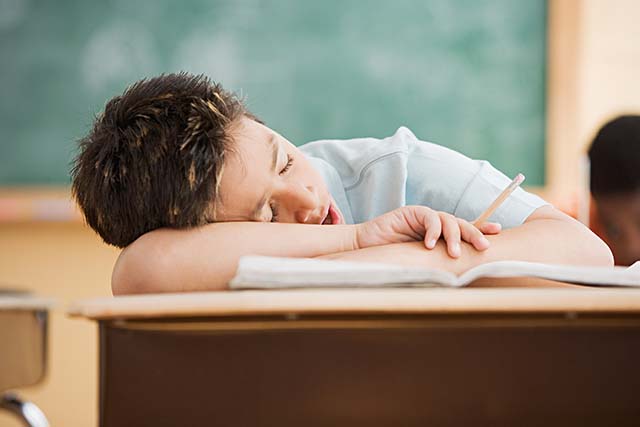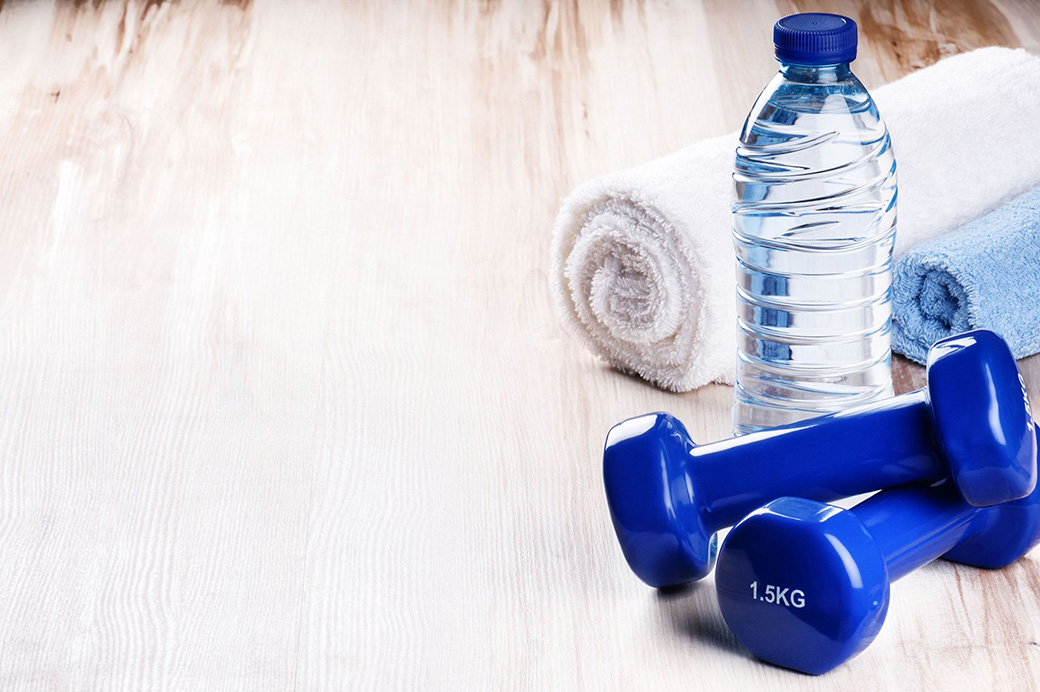Sleep is more important to your child’s adjustment back to the classroom than their brand new sneakers, backpack and fresh school supplies. With quality sleep, kids and (and adults!) are better able to manage their mood and improve concentration and focus. Sleep is also essential for forming and recalling memories which are at the forefront of learning.
The amount of sleep your child needs depends on their biological, social, and emotional needs. Because of this, it can be challenging for parents to determine what this means for their own home. The American Academy of Sleep Medicine (AASM) provides these ranges that can be used as a good starting point:
- Ages 4–12 months: 12–16 hours (including naps)
- Ages 1–2 years: 11–14 hours (including naps)
- Ages 3–5 years: 10–13 hours (including naps)
- Ages 6–12 years: 9–12 hours
- Ages 13–18 years: 8–10 hours




